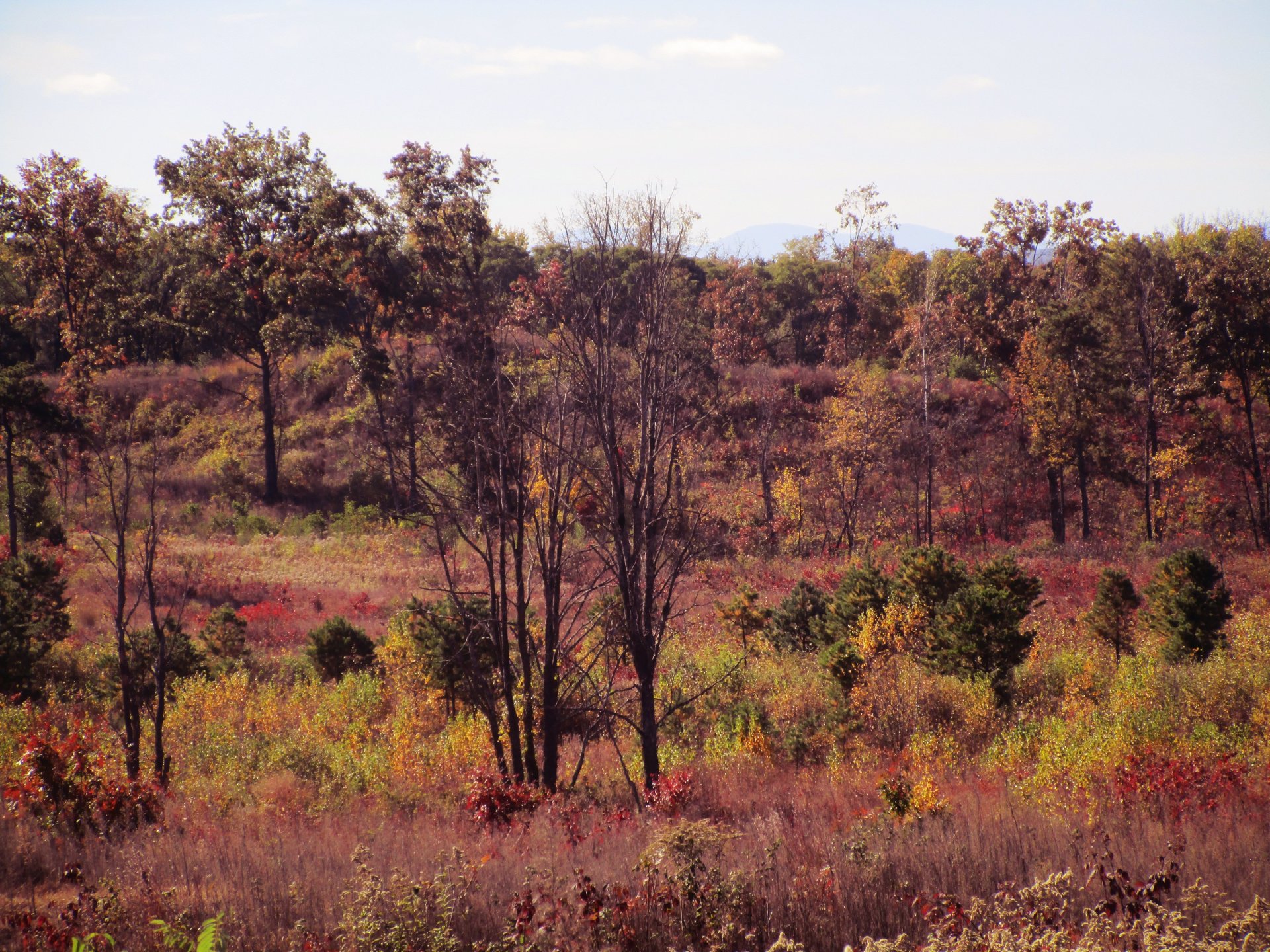Wilton: More land at the Wilton Wildlife Preserve and Park in Saratoga County is being restored to sand dunes, scrub trees, prairie grasses and lupines needed to support growing numbers of endangered Karner blue butterflies.
This winter, the state Department of Environmental Conservation will clear trees from about 20 acres near Ruggles Road, east of Route 50, to restore it to meadow suitable for growth of wild lupines, the sole food for Karner blue butterfly larvae.
About 145 acres of the 2,400-acre preserve have been restored for butterfly habitat, said Chris Zimmerman, a conservation ecologist with The Nature Conservancy. The conservancy sold the new 20-acre site to DEC this summer for addition to the preserve.
The butterflies are tied to a landscape on which they evolved about 15,000 years ago after the last Ice Age, when a massive dried-out glacial lake left behind sweeping sand dunes filled with dense shrubs, scattered pitch pines, openings of prairie grass and wildflowers.
Once these latest acres in Wilton are restored, the preserve will be about halfway to its goal of having 320 acres of butterfly habitat, said Zimmerman. The preserve is owned by DEC, The Nature Conservancy, Saratoga County and Wilton.
The Wilton preserve contains the state’s largest population of Karner blues, said Zimmerman. “With this latest restoration project, we are looking to stabilize and expand the population,” Zimmerman said. “Last year, we had a banner year. There were so many at last year’s butterfly festival that they were landing in the parking lot and on kids’ shoes.”
DEC also touted plans to add more butterfly habitat. “With each area restored, we have seen the butterflies colonize the new habitat, in some cases in the first year the lupine has grown up in the site,” according to a DEC statement. “This restoration has allowed the overall Karner blue population in this recovery unit to go from a handful in 2002 to an estimated 17,880 in 2012. This project will add another 20 acres of habitat to encourage the population to increase even more.”
Published in February 2015 Save the Pine Bush Dinner Announcement
